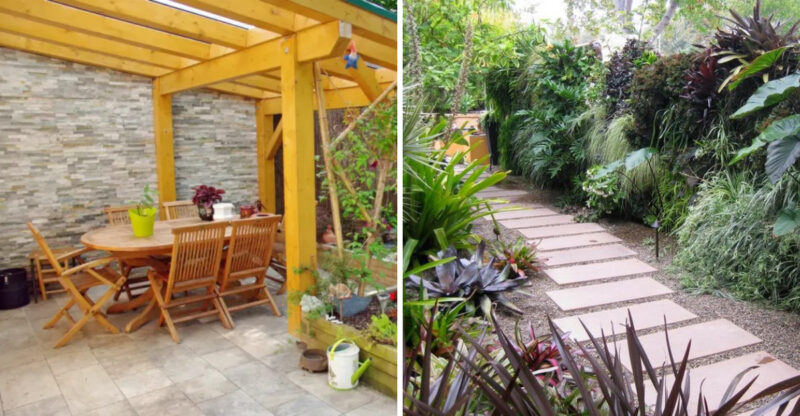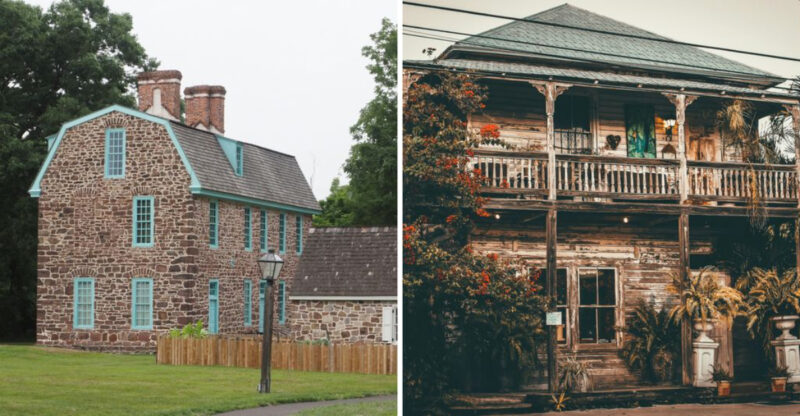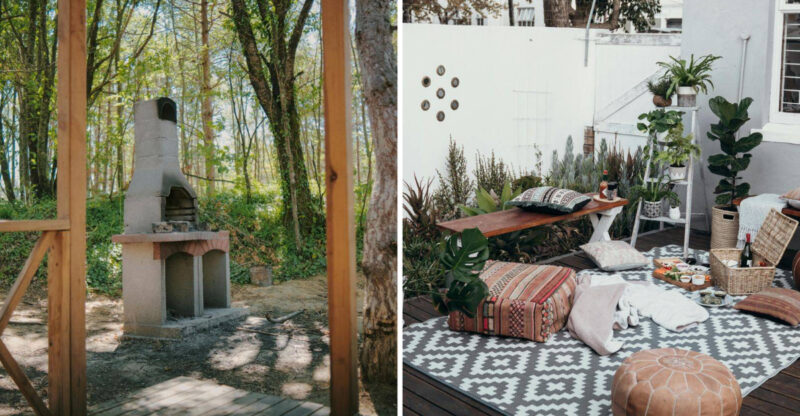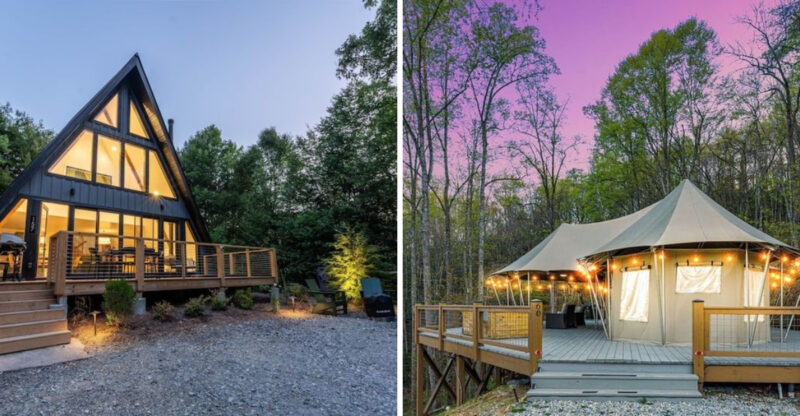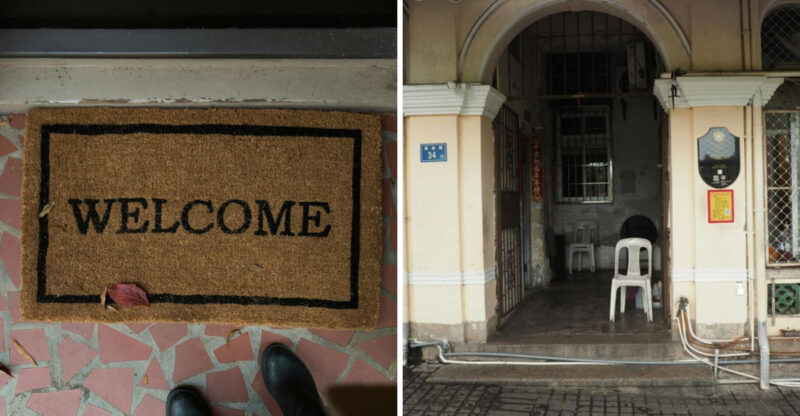Fall Garden Mistakes Every Colorado Homeowner Should Know About
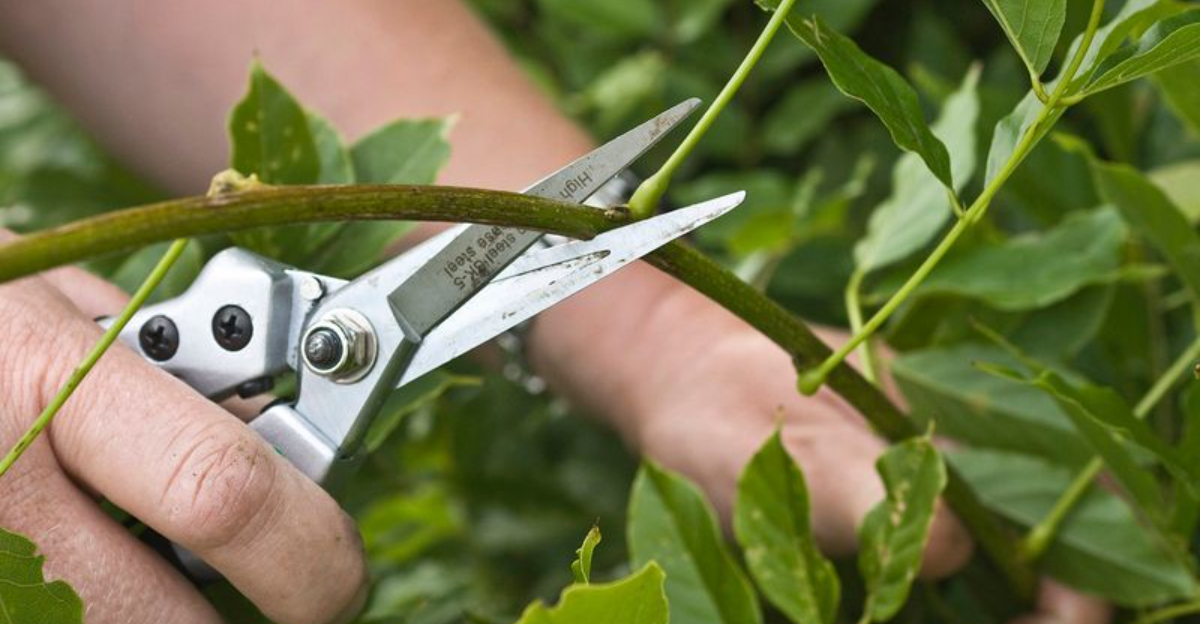
Colorado’s fall season can trick you into thinking your garden work is done. But hold on! Making the wrong moves now could leave your yard looking rough come spring.
I’ve seen too many homeowners repeat these mistakes year after year, and their gardens pay the price. Ready to learn what NOT to do?
1. Planting Too Late In The Season
Your plants need time to settle before the first freeze hits. Roots must establish themselves, or your garden won’t survive winter’s harsh punch. I always recommend getting everything in the ground by mid-September at the latest.
Colorado’s unpredictable weather makes timing even trickier than other states. Check your local frost dates and work backward from there. Give perennials at least six weeks to get cozy before freezing temps arrive.
Pro tip: Mark your calendar in August so you don’t forget!
2. Overwatering Before Winter
Too much water before winter creates a soggy mess that damages roots. Frozen, waterlogged soil expands and contracts, which tears delicate root systems apart. Your plants need moisture, but drowning them isn’t the answer.
Colorado’s dry climate confuses many gardeners into thinking more water is always better. Actually, reducing watering frequency in late fall helps plants prepare for dormancy. Water deeply once every two weeks instead of your summer schedule.
Stop watering completely once the ground starts freezing solid.
3. Neglecting Soil Preparation
Healthy soil is your garden’s foundation, yet so many people skip this crucial step. Adding compost and organic matter in fall gives nutrients time to break down properly. By spring, your soil will be rich and ready for new growth.
Colorado’s clay-heavy soil needs extra attention to improve drainage and structure. Mix in aged manure or leaf compost about four inches deep. Test your pH levels too, since our alkaline soil often needs amendments.
Don’t wait until spring when it’s too late!
4. Forgetting To Mulch Properly
Mulch acts like a cozy blanket for your plants during brutal Colorado winters. Without it, roots freeze and thaw repeatedly, causing serious damage. I spread a three to four inch layer around all my perennials every October.
Many gardeners pile mulch against plant stems, which invites rot and pests. Leave a small gap around the base of each plant. Use shredded bark or straw rather than rocks, since organic mulch breaks down and enriches soil.
Your garden will thank you when spring arrives!
5. Ignoring Frost Dates
Colorado’s first frost can sneak up on you faster than you’d expect. Each region has different frost dates, and ignoring them spells disaster for tender plants. I always check the Farmer’s Almanac and local extension office for accurate predictions.
Front Range areas typically see frost in late September, while mountain towns freeze much earlier. Protect sensitive plants with row covers when frost threatens. Bring potted plants indoors before temperatures drop below freezing.
Set reminders on your phone so you’re never caught off guard!
6. Leaving Garden Debris Uncleaned
Old leaves and dead plants might look harmless, but they harbor diseases and pests. These nasty surprises will attack your garden next spring with a vengeance. I spend one weekend in late fall clearing everything out thoroughly.
Fungal spores and insect eggs hide in decomposing plant matter all winter long. Remove diseased foliage completely rather than composting it. Rake up fallen leaves and add healthy ones to your compost pile.
A clean garden is a healthy garden come springtime!
7. Planting Non-Native Plants
Exotic plants might look pretty, but they struggle in Colorado’s unique climate. Our high altitude, intense sun, and temperature swings kill non-native species quickly. Stick with plants adapted to our challenging conditions.
Native plants need less water, survive harsh winters, and support local wildlife better. Consider Rocky Mountain penstemon, blue grama grass, or blanket flower instead. These beauties thrive without constant babying and look stunning too.
Check with local nurseries for the best native options in your area!
8. Pruning At The Wrong Time
Chopping back plants at the wrong time encourages new growth before winter. Fresh shoots will freeze and die, weakening the entire plant. Most perennials should be left alone until spring arrives.
Fall pruning removes protective layers that insulate plants during cold snaps. Wait until plants are fully dormant before trimming anything back. Exceptions include dead or diseased branches, which should come off immediately.
Spring-blooming shrubs set buds in fall, so don’t accidentally remove next year’s flowers!
9. Not Protecting Young Trees And Shrubs
Young plants haven’t developed tough bark to withstand Colorado’s harsh winters yet. Sunscald and frost cracks can destroy tender saplings in one brutal season. I wrap all my young trees with burlap or tree wrap every October.
Our intense winter sun reflects off the snow and burns thin bark easily. Wrap trunks from ground level up to the lowest branches. Add extra mulch around the root zone for insulation, too.
Remove wrapping in spring once temperatures stay consistently warm!
10. Using Too Much Fertilizer
Heavy fertilizing in fall pushes plants to grow when they should be slowing down. This tender new growth won’t survive freezing temperatures and weakens the whole plant. I stop fertilizing completely by late August.
Excess nitrogen is especially problematic since it promotes leafy growth over root development. Plants need strong roots to survive winter, not fresh shoots. If you must fertilize, use a low-nitrogen, phosphorus-rich formula.
Save your fertilizer budget for spring when plants actually need that growth boost!

